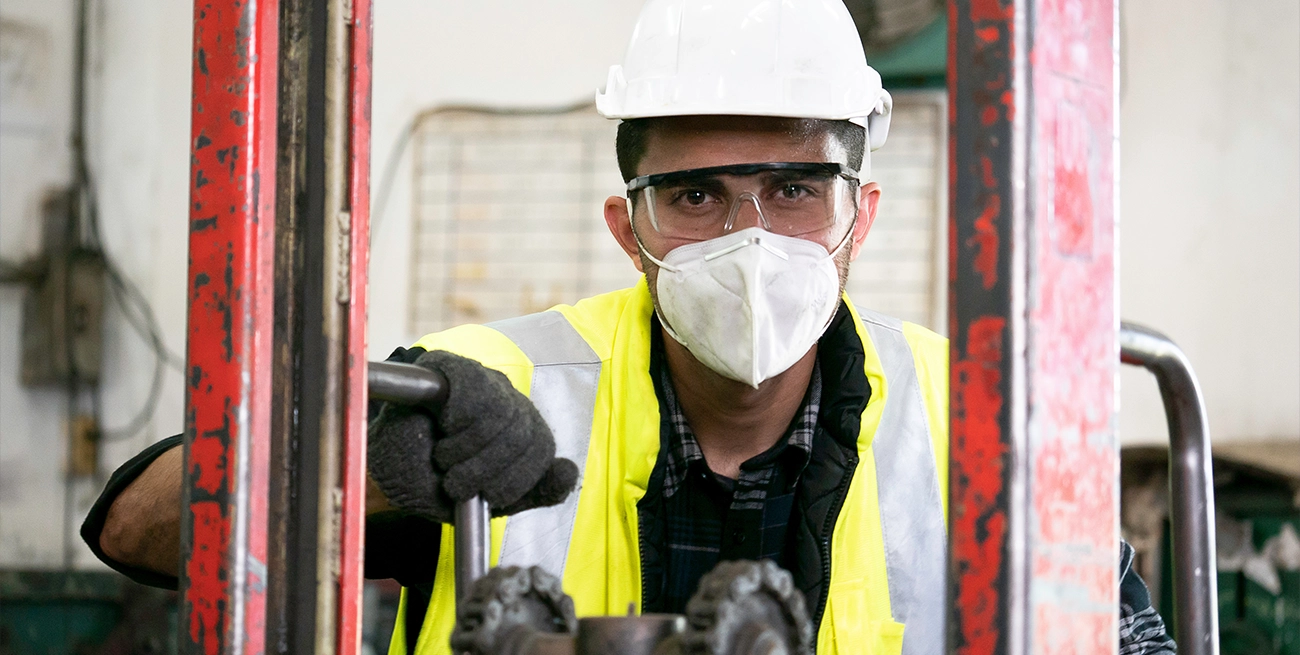Managing Compliance for Respiratory Protection in Industrial Settings

Understanding Respiratory Hazards and Regulatory Expectations
Industrial workplaces expose employees to airborne contaminants including dust, fumes, vapors, gases, and biological agents. Inhalation risks range from short-term irritation to long-term conditions such as occupational asthma, silicosis, or even fatal diseases like mesothelioma.
Regulatory bodies, led by OSHA, require employers to assess workplace respiratory hazards and provide appropriate protection. OSHA’s Respiratory Protection Standard (29 CFR 1910.134) outlines requirements for program development, respirator selection, training, fit testing, maintenance, and recordkeeping. Compliance is mandatory when engineering controls cannot eliminate airborne hazards or during emergency situations.
Components of a Respiratory Protection Program
Compliance hinges on a well-designed program tailored to workplace hazards and operational realities. The program must be documented and include:
- Hazard assessment: Identification and characterization of airborne hazards through industrial hygiene sampling and review of processes.
- Respirator selection: Choosing devices suitable for the contaminants’ type and concentration, ensuring assigned protection factors meet or exceed exposure levels.
- Medical evaluation: Screening employees to determine their fitness to wear respirators without health risks.
- Fit testing: Conducting initial and periodic fit tests (qualitative or quantitative) to ensure proper facepiece seal.
- Training and education: Ensuring workers understand proper use, limitations, care, and emergency procedures.
- Maintenance and inspection: Regular cleaning, disinfecting, inspection, and repair of respirators to keep them in reliable condition.
- Recordkeeping: Detailed documentation of hazard assessments, medical evaluations, fit tests, training, and equipment maintenance.
Selection of Respiratory Protective Equipment
Selecting the correct respirator requires understanding airborne hazards and their permissible exposure limits (PELs). Air-purifying respirators (APRs) remove contaminants using filters or cartridges. Types include:
- Filtering facepiece respirators (FFRs): Commonly called N95s, filtering particles like dust or aerosols.
- Half-mask and full-face APRs: Provide higher protection and can filter gases and vapors when equipped with appropriate cartridges.
- Powered air-purifying respirators (PAPRs): Use a battery-powered blower to push air through filters, offering more comfort for prolonged use.
For highly toxic environments or oxygen-deficient atmospheres, supplied-air respirators (SARs) or self-contained breathing apparatus (SCBAs) provide breathable air from a clean source.
Fit Testing: The Backbone of Protection
Fit testing confirms the respirator forms a proper seal, preventing contaminants from leaking inside. OSHA mandates fit testing before initial use, annually thereafter, and whenever a user experiences physical changes such as weight fluctuation or facial surgery.
Fit tests are either qualitative (using taste or odor agents) or quantitative (measuring particle leakage using instruments). Quantitative fit testing offers numerical fit factors, guiding respirator selection and confidence in protection.
Training: Beyond the Basics
Effective training should cover:
- Respirator limitations and capabilities.
- Proper donning, doffing, and seal check procedures.
- Maintenance, cleaning, and storage.
- Recognizing respirator damage or malfunction.
- Emergency protocols for escape or rescue respirators.
Recurrent training ensures retention and reinforces the importance of consistent use. The program must adapt if changes occur in workplace conditions or respirator models.
Maintenance, Inspection, and Storage
Respirators require systematic care. Inspection before and after use identifies defects such as cracks, tears, or worn straps. Cleaning and disinfecting following manufacturer guidelines prevent contamination and extend equipment life.
Storage in clean, dry locations free from extreme temperatures or chemicals preserves integrity. Establishing clear responsibilities for maintenance prevents lapses that could compromise safety.
Documentation and Recordkeeping
Keeping comprehensive records demonstrates regulatory compliance and supports program audits. Records should include:
- Hazard assessment results.
- Medical evaluation forms.
- Fit test results with dates and methods.
- Training attendance logs.
- Inspection and maintenance reports.
Digitized recordkeeping streamlines retrieval and supports compliance verification during inspections.
Challenges in Compliance Management
Industries face common hurdles:
- Maintaining up-to-date training and fit testing schedules.
- Managing inventory to replace expired or damaged respirators.
- Keeping pace with new standards or guidance.
- Addressing language or literacy barriers within diverse workforces.
- Ensuring employee buy-in and consistent respirator use.
Overcoming these requires structured processes, clear communication, and leadership support.
Technology and Innovation in Respiratory Protection
Recent advances include:
- Respirators with embedded sensors monitoring filter saturation or usage time.
- Digital platforms for tracking fit test status and training.
- Lightweight, more comfortable designs encouraging compliance.
- Enhanced filter media with improved protection against novel hazards.
Staying informed about such tools helps purchasers provide better solutions aligned with operational demands.
Partnering with Suppliers and Industrial Safety Experts
Choosing suppliers familiar with regulatory standards and responsive to emerging needs benefits ongoing compliance. Collaboration ensures equipment matches hazards, training materials suit workforce profiles, and replacement timelines are optimized.
Industrial safety consultants can assist with program audits, hazard analysis, and implementation strategies. Their expertise often uncovers gaps that internal teams may overlook.
Final Thought: Keeping Breathing Easy in Industrial Workplaces
Respiratory protection compliance is an ongoing commitment requiring coordination between safety managers, procurement teams, and frontline workers. Supplying appropriate respirators, enforcing fit testing, delivering thorough training, and maintaining equipment create a culture where breathing easy is the norm, not the exception. When industrial supply purchasers recognize that managing compliance goes beyond equipment to systems and people, they support safer environments that breathe confidence into every workday.


